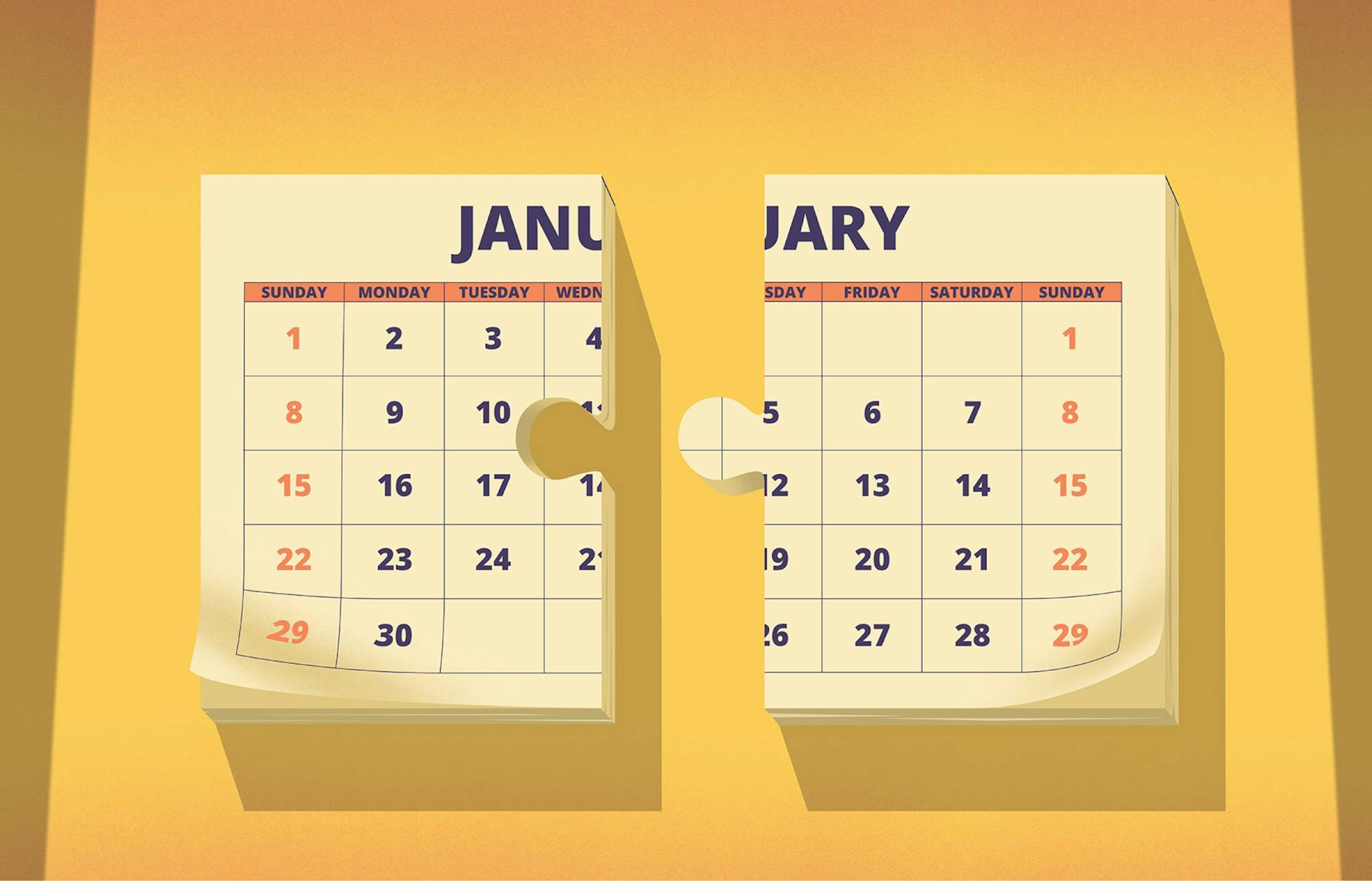

The five 'W’s of asynchronous working
Get your head around this increasingly popular workstyle with our handy guide
- Written by
- FORA
Why would you want to work asynchronously?
It’s a self-driven style of work that means staff don’t have to be online at the same time. Work is instead charted through collaborative documents or project management tools, and employees communicate more via recorded videos or voice notes which their colleagues can respond to in their own time (within a reasonable deadline).
In turn, verbal communication regarding projects or tasks is kept to a minimum, reducing distraction and enhancing productivity among staff. This also means staff can escape dreaded back-to-back meetings, and worry less about finding time to chat in-person with colleagues who may be in different time zones or on annual leave.
Where should asynchronous working take place?
Many companies are adopting a hybrid setup where asynchronous working takes place on days that staff are remote, while in-office days are all about social connection.
Social media management company Hootsuite has recently redesigned its London office to this model, downsizing from 126 assigned desks to 80 unassigned but bookable desks, making room for more communal areas that support collaboration.

Who should be able to work asynchronously?
It can be tricky to ascertain who can do asynchronous work across an organisation. Most roles would benefit from having more solo time to get stuff done, but some people-facing departments, like sales, need to be in constant interaction.
IT service management company Okta’s solution was to create ‘dynamic work profiles’ that map out how flexible different roles are, and therefore how possible it is for individuals to work asynchronously from the rest of their team. “We look at who you're supporting. Then combined with your job function, we say, ‘here's the work profile you fall into’,” says Okta’s head of dynamic work, Samantha Fisher.
When should you be able to work asynchronously?
One of the key benefits of asynchronous working is that it allows for flexibility. For example, mass customisation business Cimpress tells staff that roughly 90 per cent of their workflow should be dedicated to focused, solo tasks, and the other 10 per cent to meetings – but otherwise lets them design their days around personal commitments like the school run or health appointments. This has resulted in 57 per cent of employees moving away from traditional 9-to-5 hours.
Tools like remote workspace platform Confluence, virtual whiteboard Miro, project management app Trello, and secure cloud management system Box are proving integral in keeping meetings to a minimum.
“If we form good habits around documenting information in a place that's communal, it means people can see it, they can learn from it, and they can add to it,” says Cimpress’ chief financial officer Sean Quinn.
But even fully remote companies would struggle to work asynchronously all the time. While it can be tempting to quash every meeting, Remote’s van der Voort says “sometimes, it’s just nice to talk with each other”.
Illustrations by Ana Yael
Explore our collections
Discover more about the Fora brand

